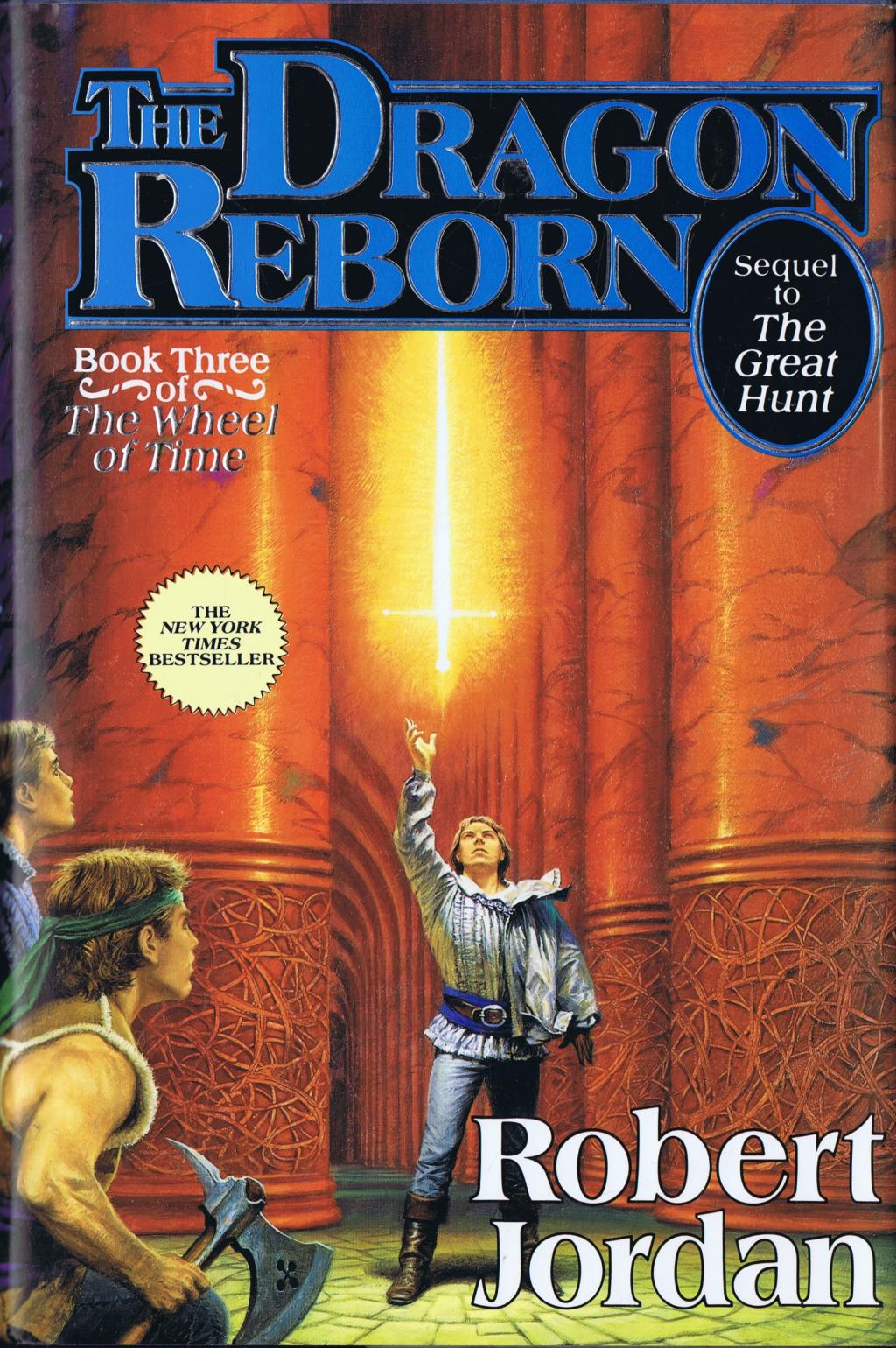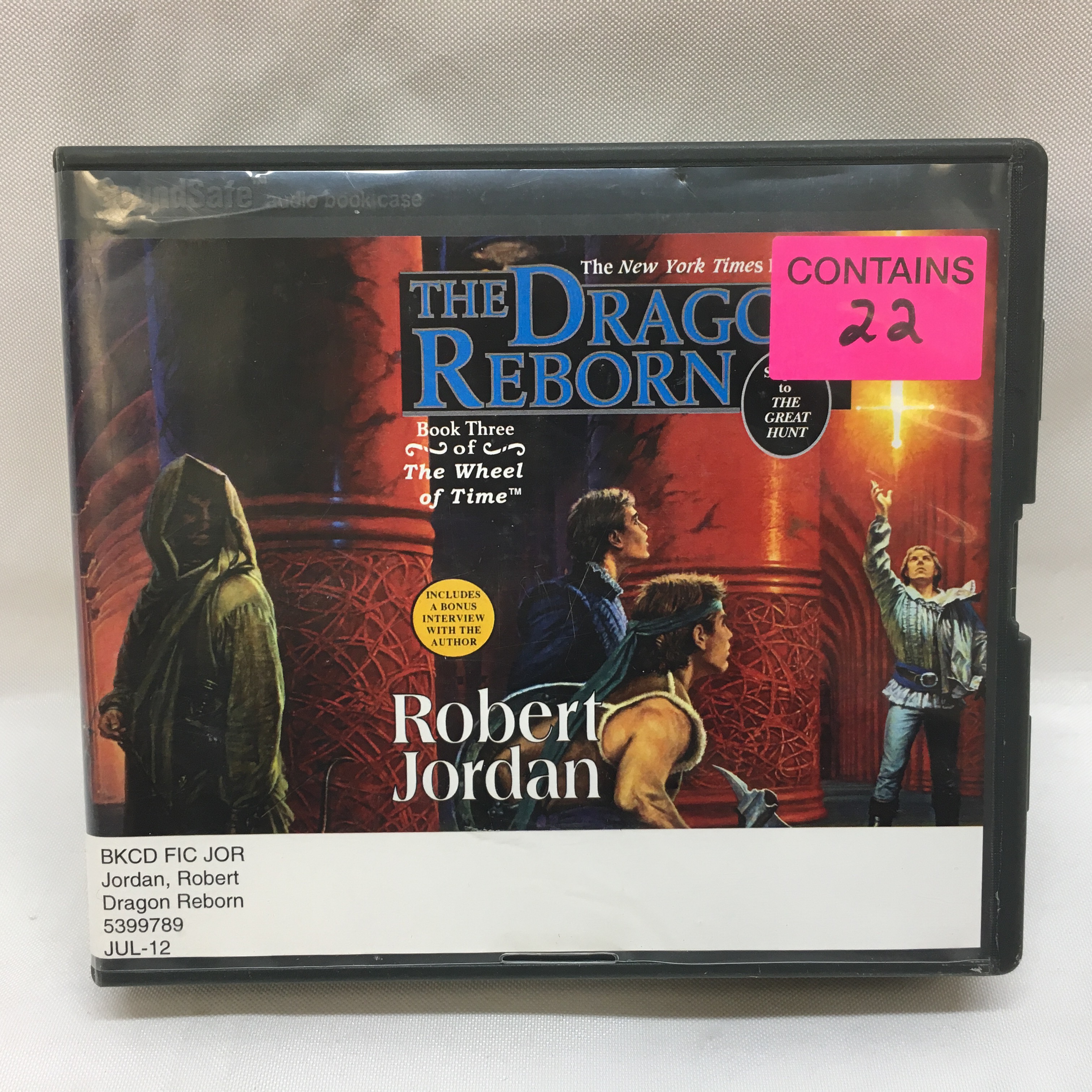
Moiraine is a member of the Aes Sedai, an organization made up exclusively of women who can channel the One Power to heal people and fight the forces of darkness. “The Wheel of Time” is led by Moiraine ( Rosamund Pike), a Gandalf-like figure who can see trouble ahead and gathers the necessary forces to help fend it off. Exposition is repeated, characters fit familiar archetypes, and the plot hues closely to a traceable line. Produced by Sony Pictures Television and Amazon Studios for a worldwide audience of Amazon Prime Video subscribers, the eight-episode first season features a lot of strange names and stranger creatures, along with plenty of magic problem-solving and silly CGI, but it’s also designed to be universally accessible. But there is an alternative: Just go with it. Nightmare Film Shoots: The Most Grueling Films Ever Made, from 'Deliverance' to 'Mad Max' to 'Avatar 2'Īsking questions like these is an easy way to derail a show like “The Wheel of Time.” Whether you literally hit the pause button to log each new vocabulary word or your brain simply can’t get past a a gaping hole in logic, too many queries can create an all-too-bumpy ride. 'White House Plumbers' Review: Woody Harrelson & Justin Theroux Make Fine Stooges in Watergate FarceĢ023 Emmy Predictions: Outstanding Documentary or Nonfiction Special 'American Born Chinese' Review: A Sweet Teen Odyssey with Killer Moves So… what does this symbol mean? Is it still designed to evoke ouroboros, even though the beast’s definitive beginning and ending contradict the symbol’s intent? Does that very contradiction speak to the power the dragon wields in the show, which centers around a search for “the Dragon Reborn,” who can save or destroy humanity? Or is it just… meaningless? Is the logo just gold and shimmery and cool, there to remind viewers of another fantasy show about dragons that they really enjoyed? If you squint, you can actually see the dragon’s rear end in the middle of the circle, way behind its head. It’s a dragon weaving forward, toward the screen, with its mouth open but the tail far in the distance. It’s a fitting choice, given the emblem’s typical interpretation of life and death as an endless cycle of rebirth, and the series’ belief in a type of reincarnation, where men and women are but threads being spun into the Pattern of the Ages, which is turned forever by the Wheel of Time.Įxcept the actual “Wheel of Time” logo isn’t a dragon eating its own tail.

Circling the title at the end of each credits sequence is a dragon, woven into a circle, reminiscent of the ouroboros symbol - a serpent or dragon eating its own tail.

For all its intricate world building, “ The Wheel of Time” tends to spin smoothest if you don’t examine its pieces too closely.


 0 kommentar(er)
0 kommentar(er)
